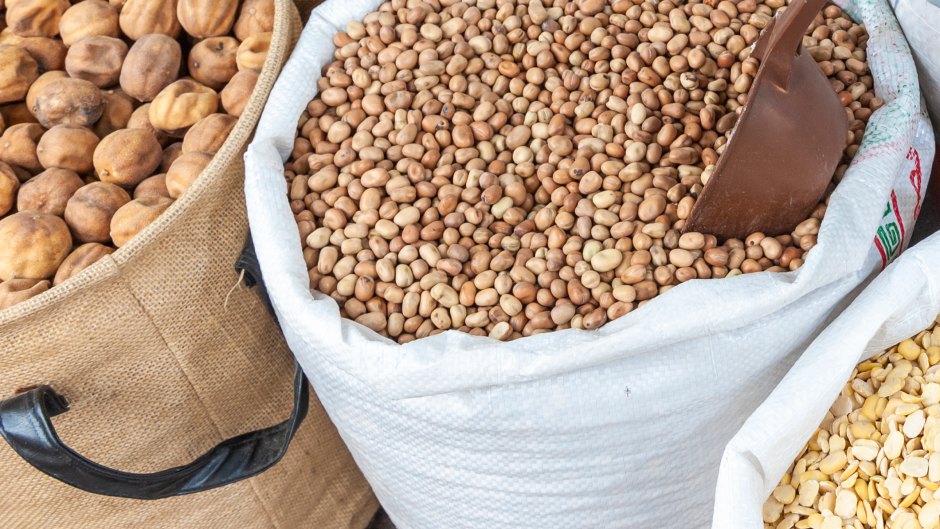
Michael Jacobs/Art in All of Us/Corbis via Getty Images
5 Ways to Increase Your Protein Intake: Small Changes to Your Diet to Help You Make Big Gains
If you’re hoping to increase your protein intake in a few easy steps, look no further!
Keen on Quinoa: Try working the seed quinoa into your meals. According to Harvard Medical School: “Unlike some plant proteins, quinoa is a complete protein, meaning that it contains all nine essential amino acids that our bodies cannot make on their own.” And since there are more than 120 known varieties, you have many choices.
Bean There: Legumes, such as black beans, chickpeas and lentils, are also a good addition. Explain doctors at Johns Hopkins Medicine: “They’re loaded with protein, fiber and many key nutrients. Don’t let their small size fool you.” You can eat them as a side, add them to salads, or even puree them for a sandwich spread.
Greek to You: Not only does Greek yogurt have more protein than your standard variety of yogurt, it’s quite versatile says dietitian Amy Goodson, author of The Sports Nutrition Playbook. “You can make a yogurt parfait, but it can also be a topping for whole grain waffles, the base for salad dressings and dips, a swap for different ingredients in baked goods, [and] blended into a smoothie.”
Snack Pack: “Snacks are a great opportunity to add more protein to your diet,” say experts at the University of Central Florida College of Medicine. But don’t reach for the pretzels or potato chips. “Consider packing snacks like hard-boiled eggs, jerky or edamame to help boost your protein intake between meals.”
Whey Options: Per the folks at the Cleveland Clinic: “If you don’t like other protein-rich foods, protein powder (like those made from whey) is great, especially if you’re on the go. But to avoid gaining weight, be careful not to use protein powder in addition to a meal. Use it on its own as a post-workout recovery drink or as a quick meal replacement.”






































